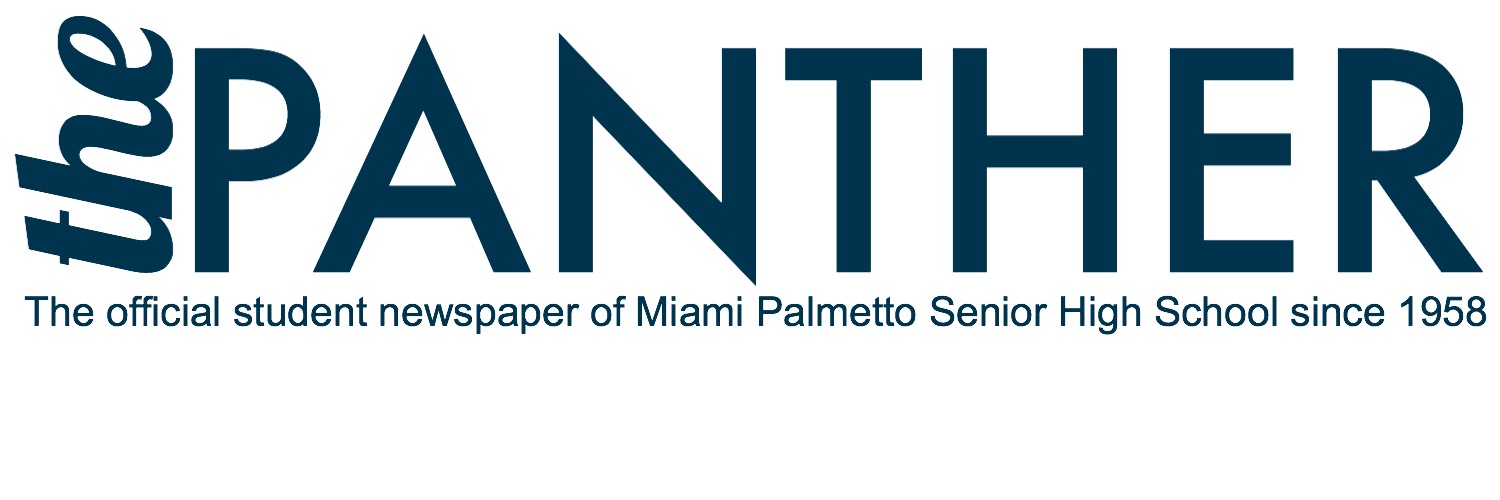The Return of the Queen
December 9, 2015
Adele’s most recent album, 25, sold 3.38 million copies in its first week on sale in the U.S. making it the only album to sell more than three million copies in a week, according to Nielsen music. Her third studio album debuted as number one on Billboard 200.
During Adele’s four year hiatus, 25 struggled to materialize. The English singer considered quitting music at first, struggled as a songwriter and wrote an entire album about her experiences as a mother to scrap it completely.
The album’s hit single, “Hello,” reigned atop Billboard charts for over five weeks. The track details Adele’s most profound memories, encompassing sepia-toned blues that play back any listener’s most buried moments of loss and regret. Rolling sound haunts the lyrics through the use of background vocals, piano and drums. Its instrumentalism frames her transparent words emphatically, with each element refined to complement her voice.
After “Hello,” “Send My Love (To Your New Lover)” addresses a past lover under the theme of moving on and making up. The upbeat tempo, harmonies, bare guitar and drum paired with eerie background vocals energize the song’s initial emptiness; however, “Send My Love”, like other songs on 25, may feel weak because of the superior standards set by songs like “Hello”. “I Miss You” evokes intimacy and passion through its ambient sound. Blues influences and drums follow the closeness of two lovers, with instrumentals overwhelming its overall sound for limited intervals until Adele’s vocals emerge from the darkness.
“When We Were Young” will most likely follow-up as a smash hit, romancing nostalgia with a radiant chorus. The song stirs a sense of suspended animation through the piano’s simple repetition, underlying bass and melancholy background vocals dipping in and out of intensity. “Remedy” features little other than Adele’s vocals and piano, as she vows to love; the track exhausts the piano melody and lacks the intensity and originality of songs like “Hello” and “Million Years Ago.
“Water Under the Bridge” establishes itself as one of the album’s strongest songs, with Adele convincing a lover to value their relationship, using a melodious best. The guitar drives the flirtatious verses into the chorus filled with a collection of background vocals, and Adele’s powerful voice. “River Lea” visits Adele’s roots, using blues-influenced organ sounds to represent the things that cultivated her current identity with the bane representing a river she grew up near. The verses and repetition of the phrase “River Lea” makes the song arguably the weakest on the album, but the bass-powered, swaggering chorus holds some listener value.
“Love in The Dark” tears away from a lover in soul-trembling pain. Adele’s voice soars, as a symphony weeps a melodic upsurge, aided by background vocals. “Million Years Ago” takes Adele’s most raw emotional turmoil about loss, yearning and regret, and expresses it flawlessly, with an emphasis on all-encompassing lyrics. The guitar melody echoes foreign influences, with an electric guitar chiming in occasionally for emphasis in its naked instrumentals.
“All I Ask” hinges on repeating the same style as a Whitney Houston hit, which may repel some; while it requests to sum up the finality of a relationship passionately, Adele’s voice fills with soul. “Sweetest Devotion” overflows with joy as Adele expresses her deepest love towards her son, Angelo. Ambient sounds, Angelo’s laughter and an acoustic guitar melody sound the beginning of a great adventure; with blues-influenced guitar, the last song smolders with reckless affection, unlike anything else on 25.
The themes of heartache, yearning, pain, regret and nostalgia dominate the album under an overarching transition into adulthood and making of amends. Listeners looking for something other than another depressing album may try “Sweetest Devotion”, as it contrasts most sharply from other songs on the album. Apart from that, the album mainly takes one of Adele’s greatest talents, producing massive hits from massive pains, and presents it from her life’s newest chapter. While Adele’s already-excellent brand did develop some more in 25, buyers are attracted by what she already establishes in her music that separates her from other artists.
No matter how catchy songs like “Blank Space” and “Style” are, Taylor Swift has rarely reached a quarter of the depth that every one of Adele’s songs extracts. Justin Bieber’s “Sorry” utterly fails to communicate regret when compared to “Hello”. It may have taken her four years to get back in the water, but Adele always dove headfirst into the deep end of the pool, as other artists sat in the shallows, wearing floaties and life vests.
While Adele’s already-excellent brand did develop some more in 25, buyers are attracted by what she already establishes in her music that separates her from other artists. Every instrumental part of 25 compliments her unparalleled voice, utilizing guitar stunningly in “Million Years Ago” and extensive background vocals in “Water Under the Bridge”. The use of piano lays a foundation for nearly every song, using acoustic sound paired with synthesizer in some cases. Simple instrumentation never risks the chance of overwhelming the listener, and always centers the attention around Adele’s voice.
Modern ears should, however, take heed that 25 is completely different from modern-pop sound. Those looking for light, feel-good music that only serves to set a mood when they want to relax should look elsewhere. Adele’s talent demands attention. Power radiates in 25 from the beginning of each song.
It is impossible to ignore the personal space 25 neglects as it unearths the emotional sediments of each listener. Adele bridges the gap between idolized celebrity and flawed human in one album yet again, beautifying the processes of sorrow.
